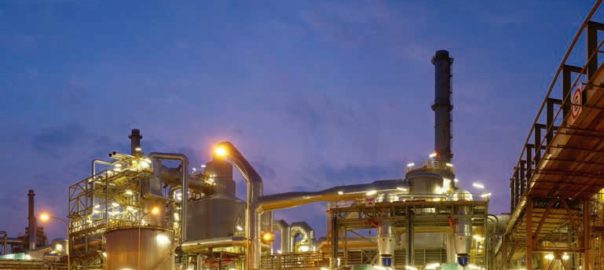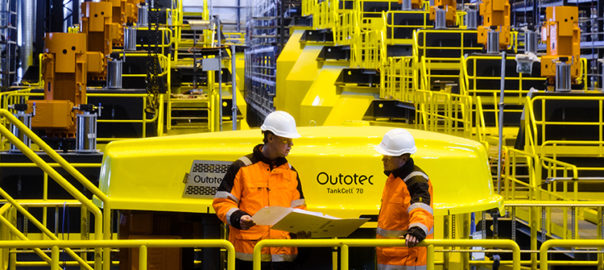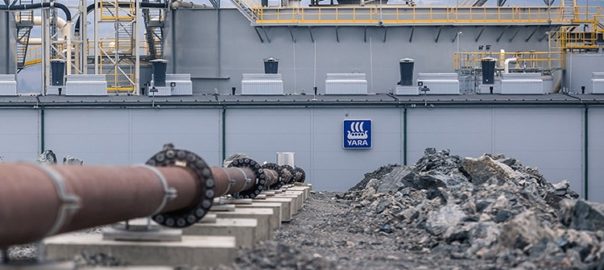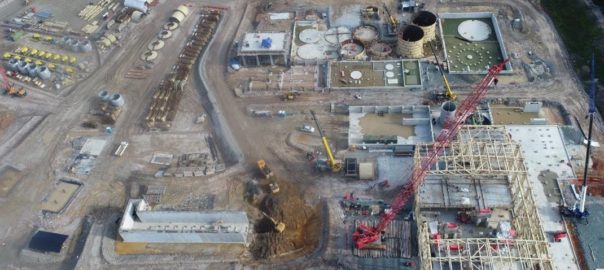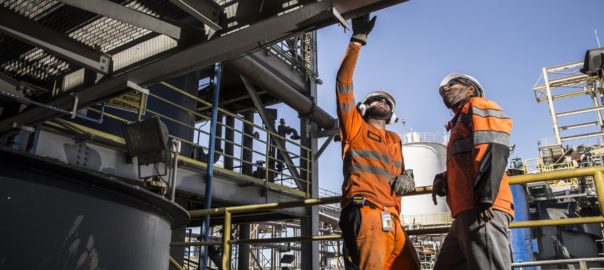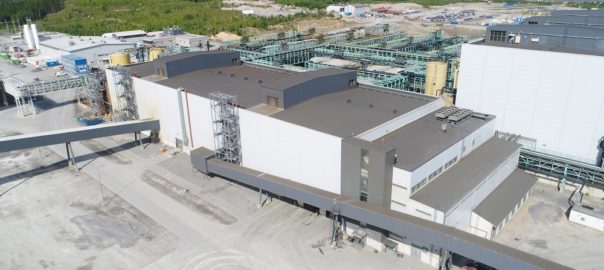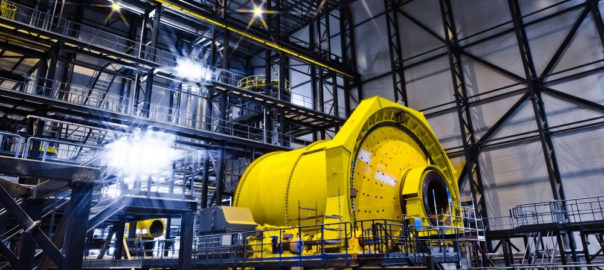Outotec has signed a contract with Morocco-based OCP Group for the delivery of a sulphuric acid plant for fertiliser production.
The approximately €80 million ($90.2 million) order has been booked into Outotec’s 2019 March quarter order intake, the company said.
Outotec’s delivery includes the engineering, procurement and construction of the plant, which is based on Outotec’s sulphur burning system. The new acid plant will incorporate advanced proprietary technologies such as HEROS heat recovery system as well as a converter, absorption towers and an acid distribution system that are made of the Edmeston SX stainless steel alloy.
Outotec said: “With more than 20 acid plants and several mining sites, OCP Group is a global fertiliser producer and leader in the phosphate industry. The acid plant will be built in connection with their existing chemical complexes and support in OCP’s fertiliser production from phosphate rock from their mining processes as a raw material.”
Kalle Härkki, Head of Outotec’s Metals, Energy & Water business, said: “Outotec’s sulphuric acid technology has proven to be one of the leading technologies for decades. We are honoured that OCP has selected our design for their new plant.
“With our leading technologies providing benefits such as safety, high reliability and enhanced heat recovery we are happy to help OCP reach their sustainability targets.”







